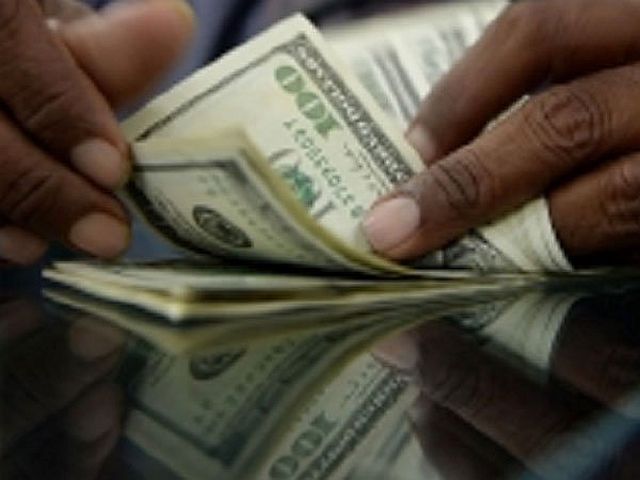The Philippines’ dollar reserves fell to an over seven-year low of $74.77 billion as of October after the government settled more foreign exchange obligations, the Bangko Sentral ng Pilipinas (BSP) said Wednesday.
The country’s gross international reserves (GIR) declined from $74.94 billion at end-September, as well as the lowest since the $71.88 billion in July 2011.
In a statement, BSP Governor Nestor A. Espenilla Jr. blamed the decline in GIR to outflows from the national government’s forex obligations and net foreign currency withdrawals as well as the central banks’ forex operations.
But Espenilla said the drop in dollar reserves was partially offset by revaluation adjustments on the central bank’s gold holdings due to higher global prices as well as higher income from the BSP’s foreign investments.
Despite the decline, the end-October GIR level “continues to serve as an ample external liquidity buffer,” Espenilla said.
It can cover 6.8 months’ worth of imports of goods as well as payments of primary income and services, he added.
Also, the dollar reserves level as of October were equivalent to 5.7 times the short-term external debt based on original maturity, as well as 3.9 times based on residual maturity.
The BSP defines short-term debt based on residual maturity as outstanding foreign debt whose original maturity was a year or less, plus principal payments on medium- and long-term loans of the government as well as the private sector that were due within the next 12 months.
